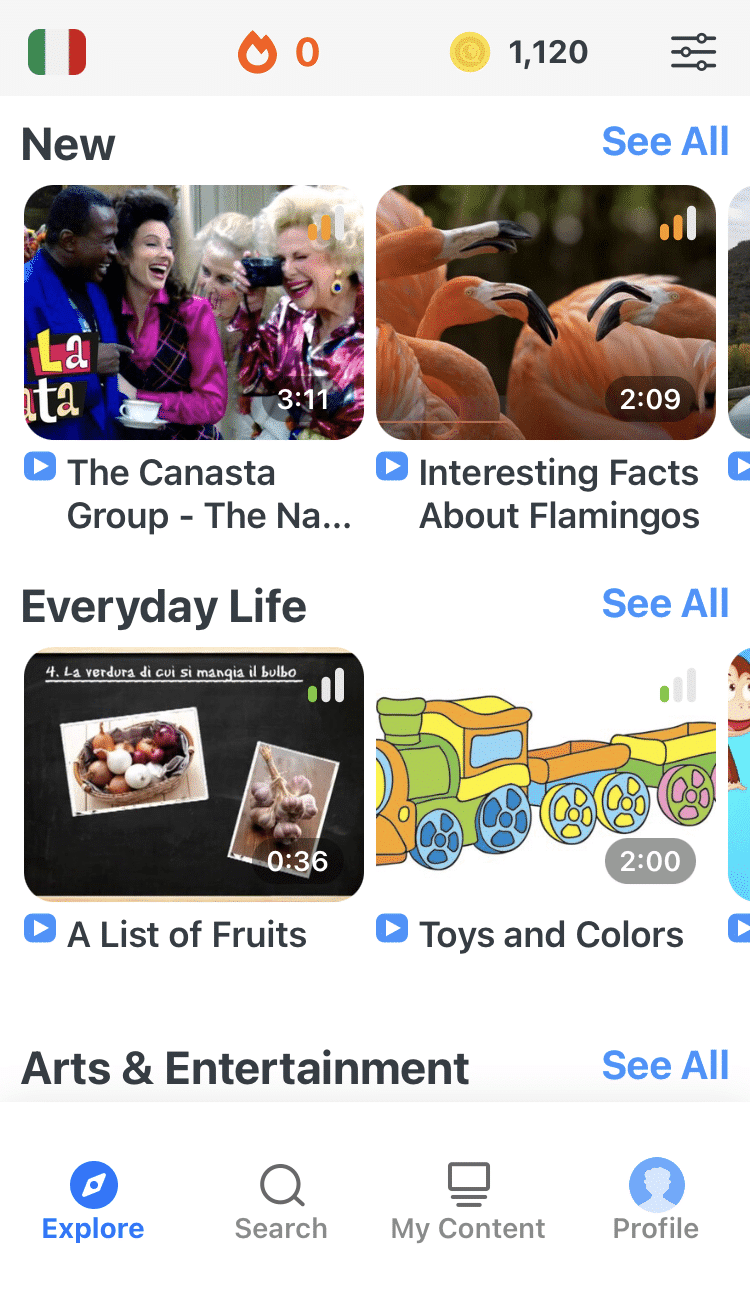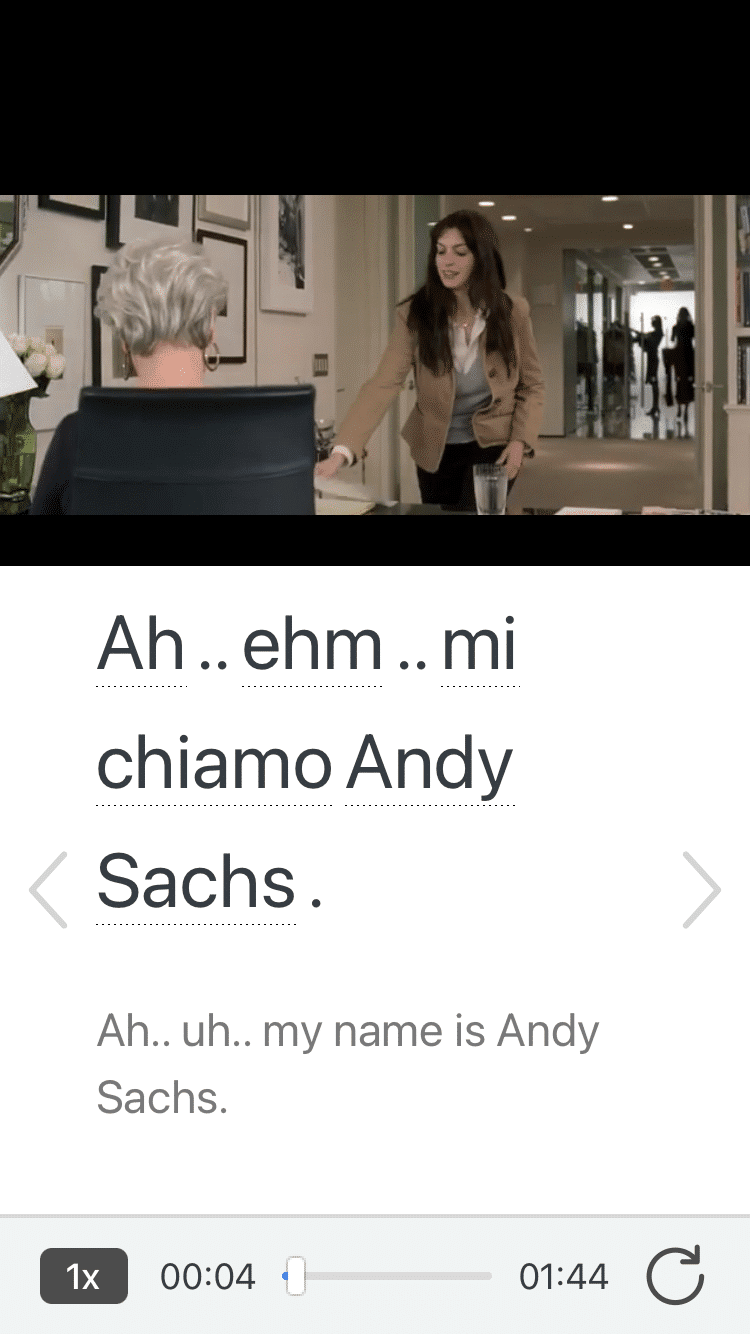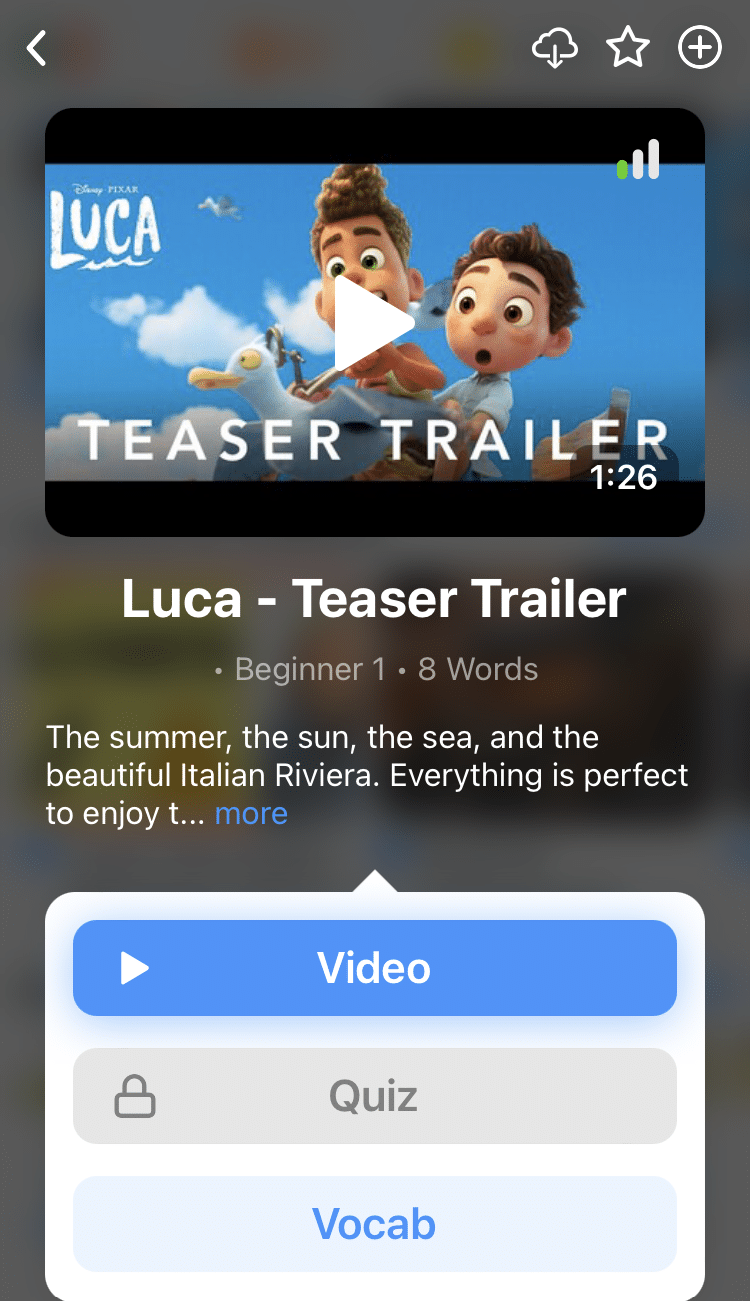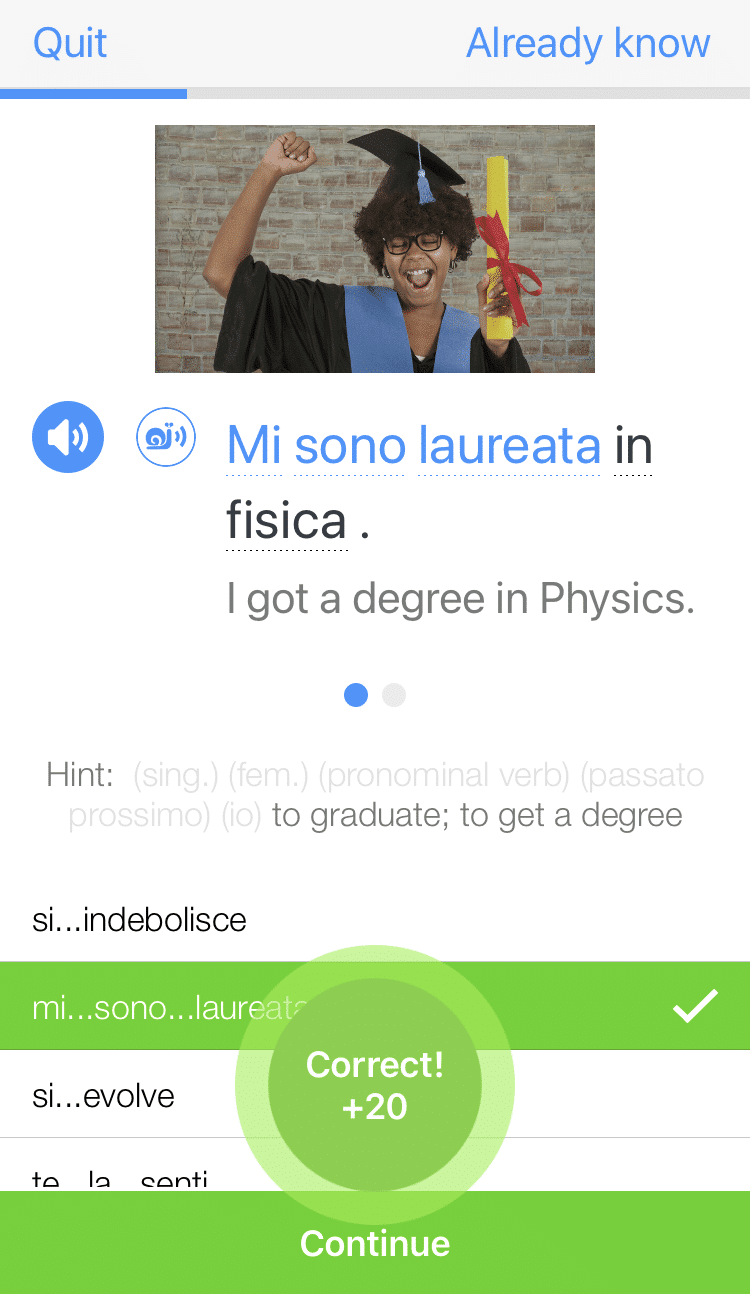
10 Ways to Say “How Are You” in Italian
After “hello,” the most common Italian phrase you’ll hear will be some variation of “how are you?”
Almost every conversation you’ll have—either in the classroom or out and about in Italy—will start with someone asking someone else how they are, so it’s important to know how to say it.
But just one way of asking “how are you?” is a bit boring, don’t you think?
So, I present to you 10 different ways to ask someone how they’re doing in Italian, ranging from formal to familiar.
Contents
- 1. Come sta?
- 2. Come stai?
- 3. Come state?
- 4. Come va?
- 5. Come vanno le cose?
- 6. Tutto bene?
- 7. Tutto a posto?
- 8. Come si sente?
- 9. Come ti senti?
- 10. Novità?
- And One More Thing...
Download: This blog post is available as a convenient and portable PDF that you can take anywhere. Click here to get a copy. (Download)
1. Come sta?
Come sta? is one of the two most common ways to ask how someone is in Italian.
It literally means “How are you?”, because come translates to “how” and sta is the Italian formal you (Lei) conjugation of stare, which means “to be.”
This is the formal version of the phrase. It’s used with people you don’t know very well, or people like your teachers, professors, or other authority figures.
So, for example, if you went outside your apartment and met your landlord on the sidewalk, you would ask him or her, “Come sta?”
You would typically use this after a polite but formal greeting like Salve or buongiorno.
2. Come stai?
Come stai? is the informal version of come sta.
It uses the familiar you (tu) form of the verb, so this is the version of the phase you would use when speaking to your friends, family, or other people you know well.
If your brother came over for dinner, for instance, you would ask him “come stai?” and not “come sta?”, since you two are close acquaintances and on a similar level of authority.
3. Come state?
Not to bore you, but there is one more version of come sta? to learn!
Come sta? and come stai? are both used when speaking to an individual, but come state? is used when speaking to a group of two or more people.
This would be equivalent to “how are you all?” or, like we say in my native Kentucky, “How’re y’all doing?”
It can be formal or informal, so you could use it when you meet up with your group of friends and want to ask everyone how they are doing, or you could use it with your supervisors at work to politely ask how they are before a meeting starts.
4. Come va?
Come va? is more informal, and can be translated as something more along the lines of “how’s it going?” or “what’s up?”
While this is usually more of a casual conversation starter, it’s also a good phrase to use if you’re chit-chatting with people you don’t know very well yet.
This is because it’s technically neither formal nor informal. The translated verb here is va, which comes from andare, meaning “to go.” The va refers to the thing that is “going,” not to any person performing an action, so it is therefore not affected by Italy’s social rules.
So, this is a great one to use if you just got introduced to a friend of a friend, and you’re not sure if you guys have made it past the formal, polite, “just met” stage yet.
This can also be used in the middle of the conversation if things have hit a bit of a lull and you want to bring up a new topic by asking the person you are speaking to how things are going in their life.
5. Come vanno le cose?
Like Come va?, come vanno le cose? is also both personal and impersonal, so you can use it with anyone regardless of how well you know them.
Come vanno le cose? means “how are things going?” and is a bit more specific than come va?, which is kind of vague. (What exactly is “it” in the phrase “how’s it going?” No one knows.)
But while come va? is lighter and more casual, if someone asks you “Come vanno le cose?”, it usually means they really want to know how things are going in your life. They’re asking how school is going or how work is going, how it’s going with your new puppy, or whatever else is happening with you.
6. Tutto bene?
Tutto bene? means “is everything good?” or “is everything alright?”
This one can also be either formal or informal, but is often used when you already know that, before now, it was not all bene (good).
While sometimes tutto bene?, like come va?, is asked in the same vein as “what’s up?”, it’s also sometimes used with at least mild concern.
For example, you would ask someone “Tutto bene?” if you know they’ve been going through a tough time and you want to see how they’re holding up.
You can also use it to ask if someone is okay if they haven’t been answering your texts, in which case it would mean something more along the lines of “are you still alive?”
7. Tutto a posto?
Tutto a posto? is similar to tutto bene. The literal meaning is “is everything in place?” but a better translation is “is everything okay?”
This is more often asked when someone is a bit worried, like if your friend shows up looking like they haven’t slept for a week and you genuinely want to know if they’re alright.
Again, this one is neither formal nor informal, so you could ask your kid “Tutto a posto?” if they fall down and scrape their knee, or you could ask the same thing of a stranger if you see them trip on a sidewalk to make sure they didn’t twist their ankle or need help.
8. Come si sente?
Come si sente? is less like “how are you doing?” and more like “how are you feeling?”
This is the formal version of the phrase, which you would use with people you aren’t that familiar with, or to whom you want to show respect.
It’s not usually used as a conversation starter like come sta?, but is more of a way to check on someone if you know they haven’t been feeling well.
9. Come ti senti?
Come ti senti? is, you guessed it, the informal version of come si sente.
It’s used with people you know well, which makes it a more common phrase. If you know your aunt is recovering from a cold, for instance, you could ask her “come ti senti oggi?” (how do you feel today?).
10. Novità?
Novità? means simply, “news?”
Like a few of the other phrases I’ve listed here, it includes no verb, so it is neither formal nor informal. However, you would almost never use this with someone you don’t know very well.
Basically, by saying “Novità?”, you’re asking if the person you’re speaking to has heard any news or if there are any updates to something going on in their life. In other words, you ask if there is news because you already know the “olds.”
You can also modify it slightly to ask “Qualche novità?” , which would translate to “any news?”
All of these greetings depend on context to be used appropriately. If you’re ready to learn how Italian is spoken outside of the classroom, but can’t make it to Italy yet, you could try using a language learning program like FluentU to immerse yourself in authentic Italian.
FluentU takes authentic videos—like music videos, movie trailers, news and inspiring talks—and turns them into personalized language learning lessons.
You can try FluentU for free for 2 weeks. Check out the website or download the iOS app or Android app.
P.S. Click here to take advantage of our current sale! (Expires at the end of this month.)
Now that you know how to ask “how are you?” in Italian, your conversations will have a lot more depth to them.
Just be sure to keep in mind the formality level of your conversation, and to modify your phrases and verbs based on who you are talking to!
And One More Thing...
If you're as busy as most of us, you don't always have time for lengthy language lessons. The solution? FluentU!
Learn Italian with funny commericals, documentary excerpts and web series, as you can see here:

FluentU helps you get comfortable with everyday Italian by combining all the benefits of complete immersion and native-level conversations with interactive subtitles. Tap on any word to instantly see an image, in-context definition, example sentences and other videos in which the word is used.

Access a complete interactive transcript of every video under the Dialogue tab, and review words and phrases with convenient audio clips under Vocab.

Once you've watched a video, you can use FluentU's quizzes to actively practice all the vocabulary in that video. Swipe left or right to see more examples of the word you’re on.

FluentU will even keep track of all the Italian words you’re learning, and give you extra practice with difficult words. Plus, it'll tell you exactly when it's time for review. Now that's a 100% personalized experience!
The best part? You can try FluentU for free with a trial.
Start using the FluentU website on your computer or tablet or, better yet, download the FluentU app from the iTunes or Google Play store. Click here to take advantage of our current sale! (Expires at the end of this month.)



